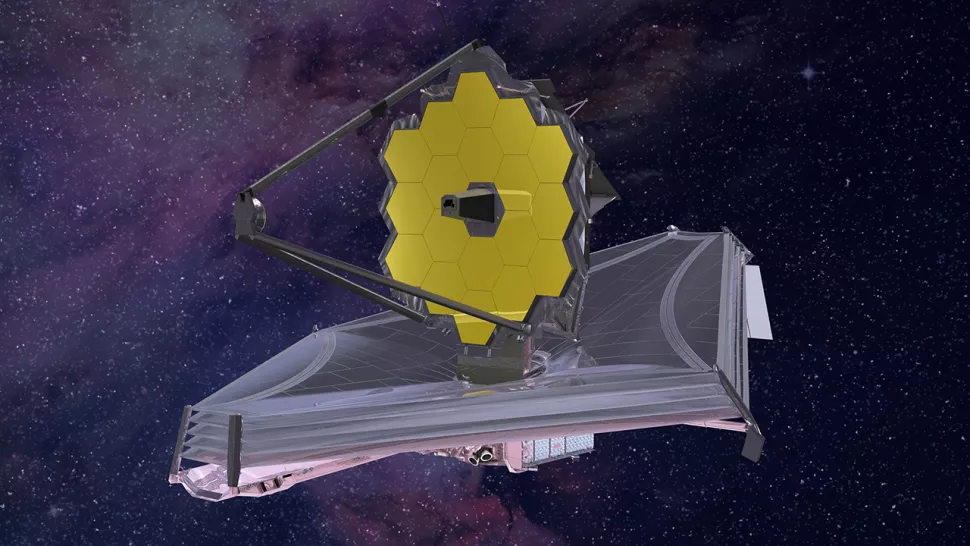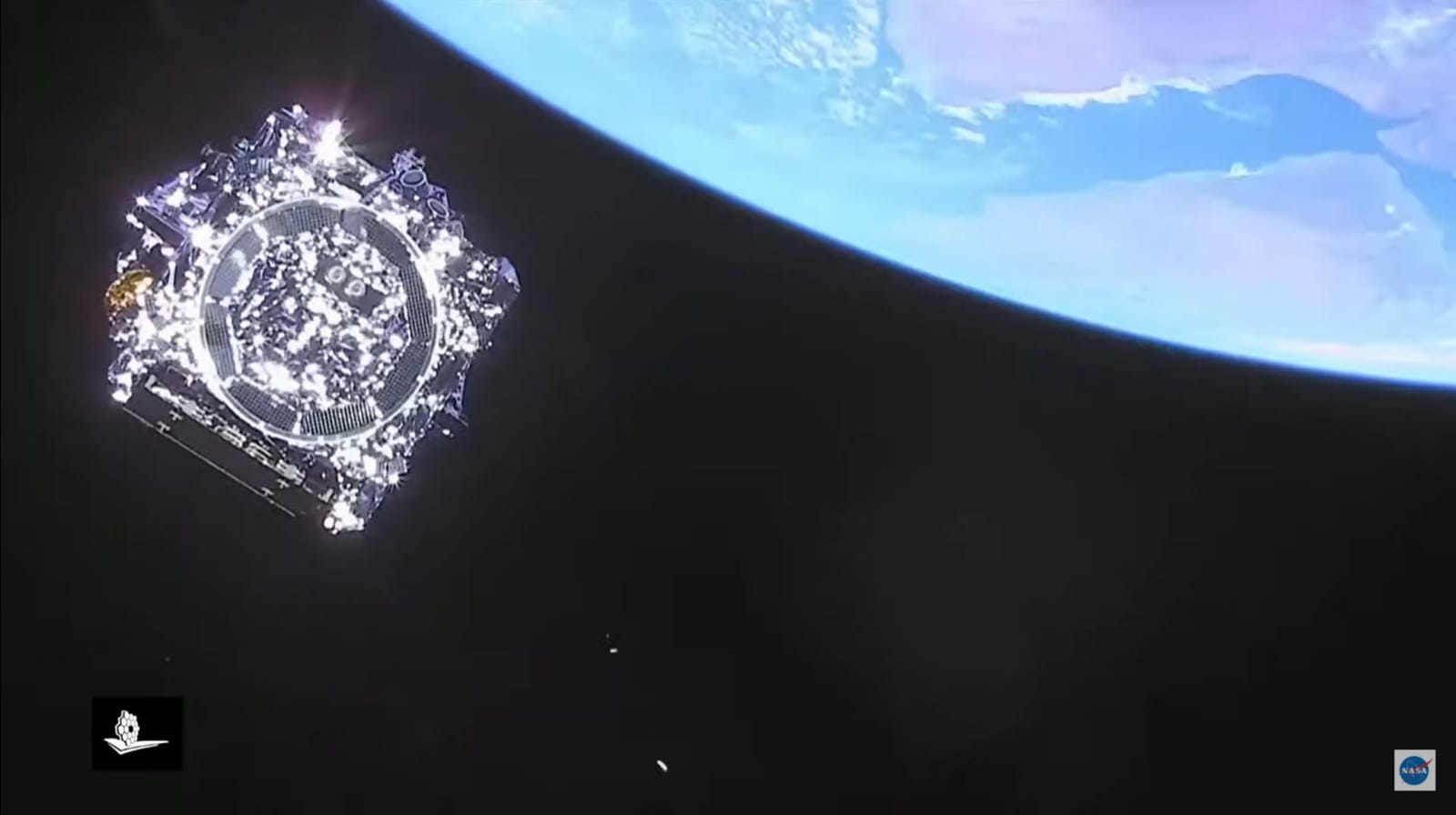The soul without an imagination is what an observatory is without a telescope and if the ambition is to unravel the mysteries of cosmos then it’s the missing fantasy ingredient within the current normalities of life.
Finding such orphan planets- small, faint and located within the girth of the cosmic habitat is in itself a task to be ventured by advanced civilization.
The James Webb Space Telescope is specifically designed with this ambition only which is to ascertain the primary stars and galaxies that were formed within the universe.

Indeed we’ll be having the overwhelming view of the snapshots of various starting points of stars and galaxies. The very first moments of the universe. And my bet? There’s getting to be big surprises beyond our imagination and present discoveries.
NASA’s James Webb Space Telescope Launch: Live Updates here
Lets talk about the exoskeleton of JWST
JWST is an advanced infrared space observatory with a lifetime of about 5 years(10 years gold). The $10 billion project is headed to Sun-earth LaGrange point 2(L2) and a gravitational pull off spot of 930,000 miles(1.5 million kms) in the direction of Mars from the earth.
It’ll take around 29 days to reach to its destination point. The sunshield dimension are approximately 22×12 metres and the primary mirror of 6.5 diameter meter in aperture currently with a wavelength coverage of around 0.6 to >27 microns. Diffraction limit of the telescope is 2.0 microns which includes a 100% of Sky coverage for one year.
As per NASA’S tech crew the operating temperature of the telescope is ~45 kelvin(-380°F) and a payload mass of about 6,500 kg. It is majorly supported by the most advanced technologies like Sunshield membrane material, near-infrared and mid-infrared detectors, lightweight cryogenic mirrors, micro shutter arrays, cryogenic detector readout application-specific integrated circuits, cryogenic heat switches, wave front sensing and control, large precision cryogenic structure, and the MIRI cry cooler.
At around 10 days after launch, Webb will extend its 2.4-foot-wide (0.74 meters) secondary mirror, which is so named because it’s the second surface that deep-space photons will hit on their way to the scope’s instruments.
The land and the date that witness the launch of NASA’S Dream project
JWST was recently launched on 25 December 2021, on an Ariane 5 rocket from Europe’s Spaceport in French Guiana on the north-eastern coast of South America.
Read: How far is the James Webb Space Telescope from Earth?

ESA (European Space Agency) is providing the Ariane 5. The James Webb Space Telescope is on its own after separating from the Arianespace Ariane 5 rocket that launched it into space. The spacecraft separated from the rocket 27 minutes into the flight at an altitude of roughly 870 miles (1,400 kilometres).
Prior motive, mission and its target in space
JWST are going to be ready for science operations in summer of 2022. Accessible to the worldwide scientific community, it’ll offer scientists the chance to watch galaxy evolution, the formation of stars and planets, exoplanetary systems, and our own system , in ways never before possible.
This mission offers scientists information on proposing for time on JWST also because the capabilities of the observatory’s instruments and modes, data analysis tools and software, and news and events.
JWST is that the next chapter within the space-based telescope astronomy and can follow the paths of Hubble space Telescope. Its major target and goal is to point out us the thought of the creation i.e. origin, from the formation of stars and planets, to the birth of first galaxies within the early universe.
Also read: How long will the James Webb Telescope take to unfold?
Conclusion
JWST may be a results of the combined efforts of a crucial partnership between NASA, ESA and CSA. the event of space astronomy and advancement of Telescopes and observatories, brought the humanity to ascertain that the world and therefore to reform the past discoveries are small drops within the ocean of mysteries lingering within the universe waiting to be seen which can be changing the entire prospects of the science and the knowledge we earthlings possess.
